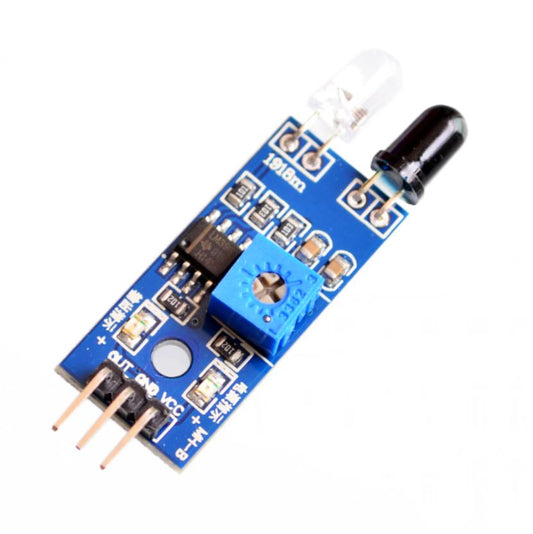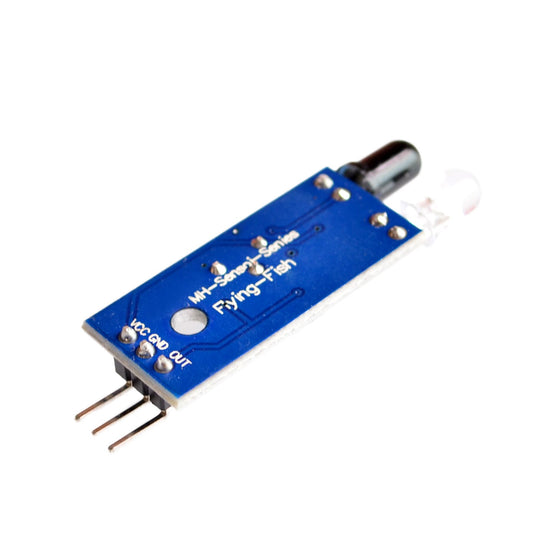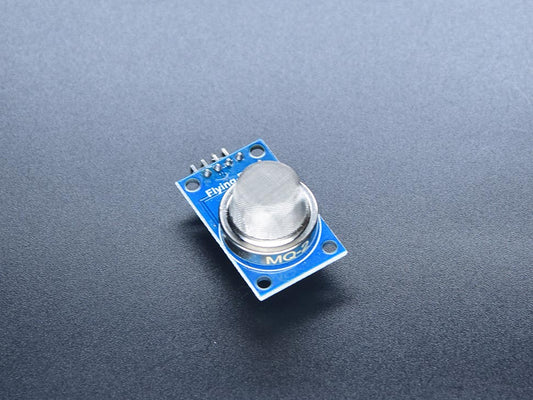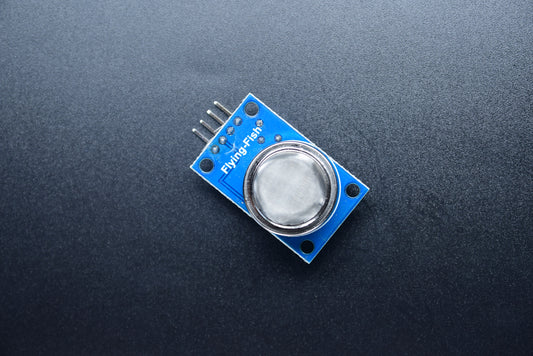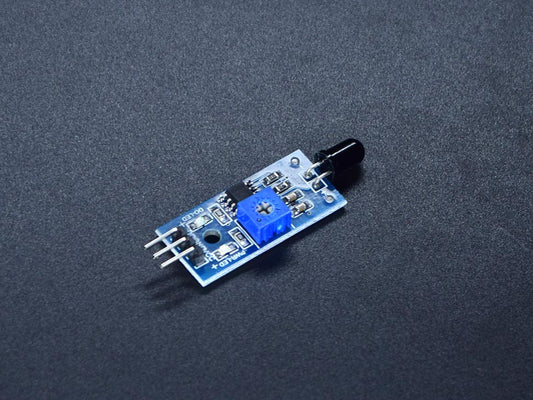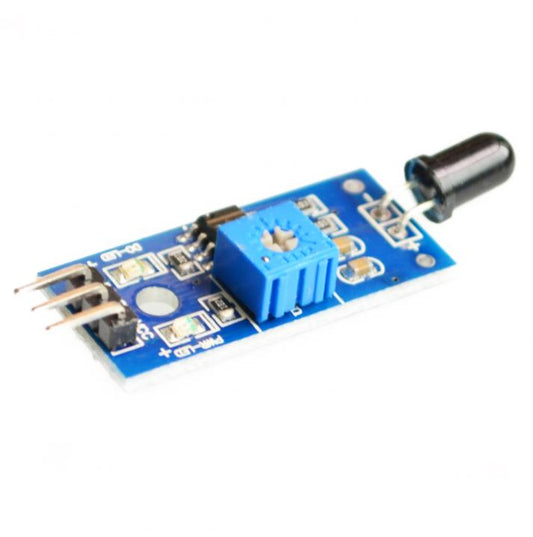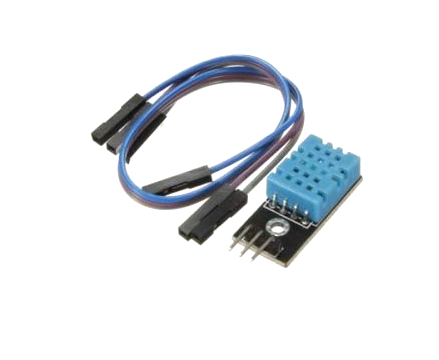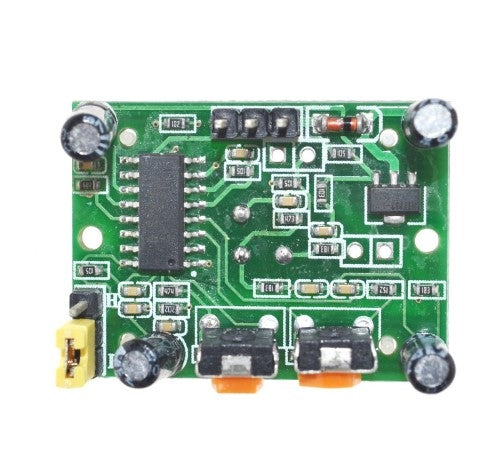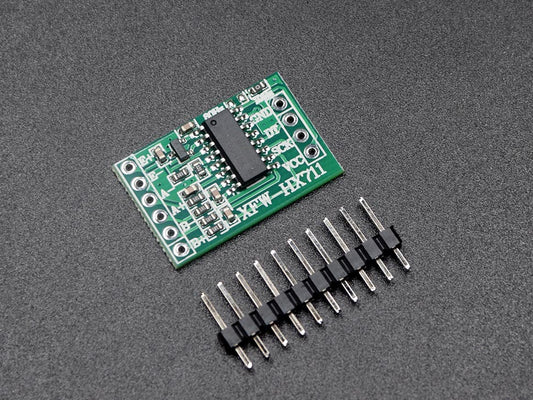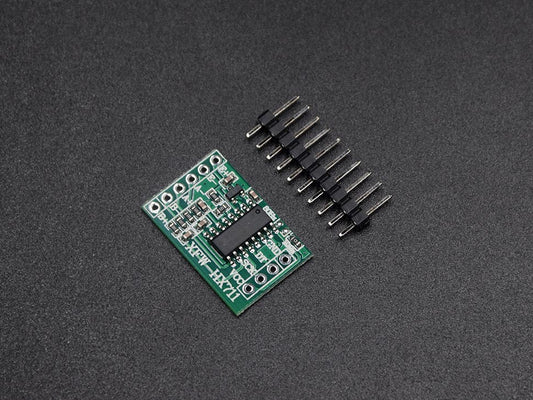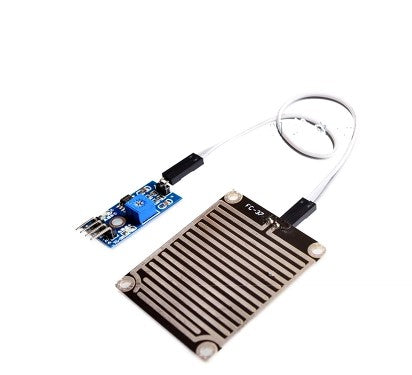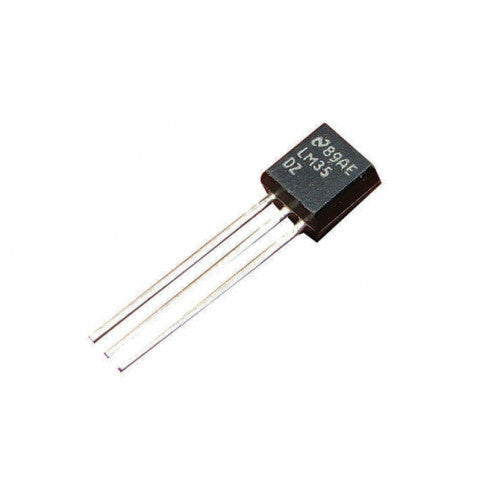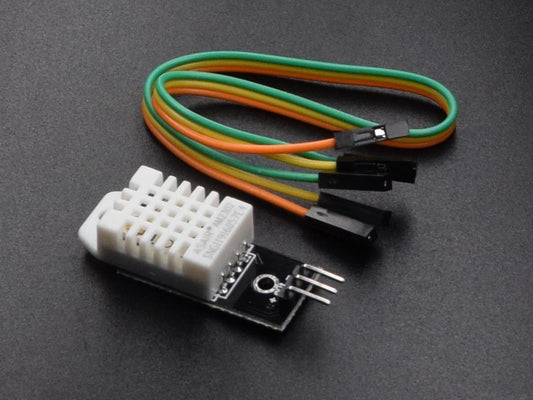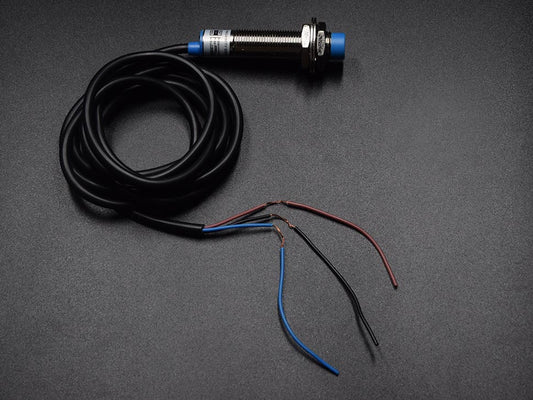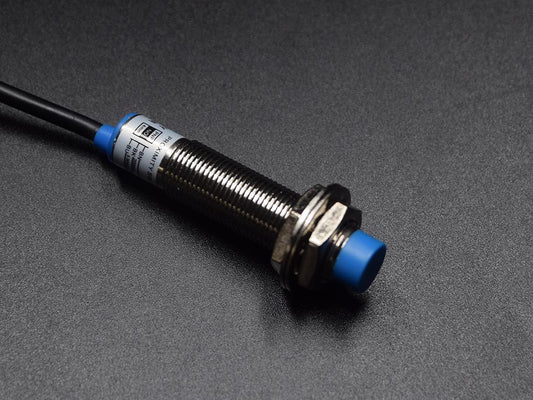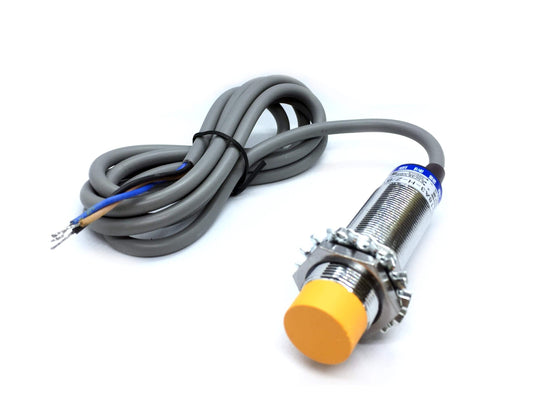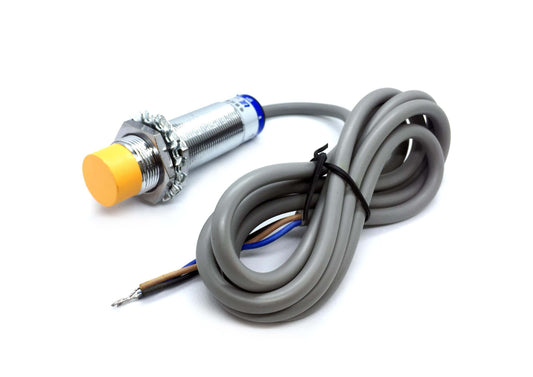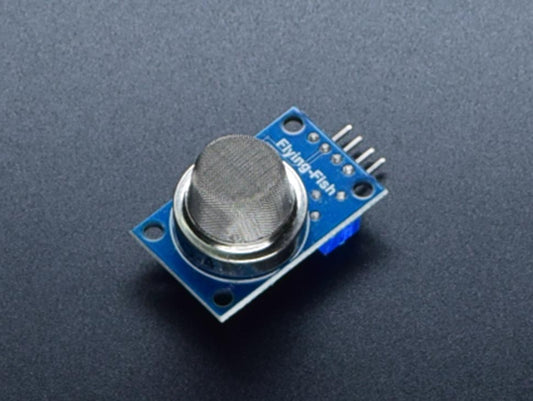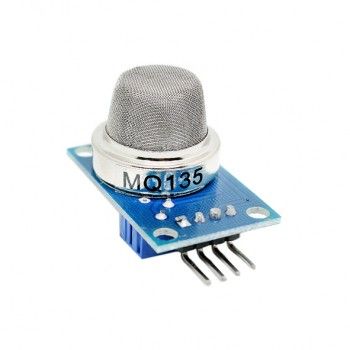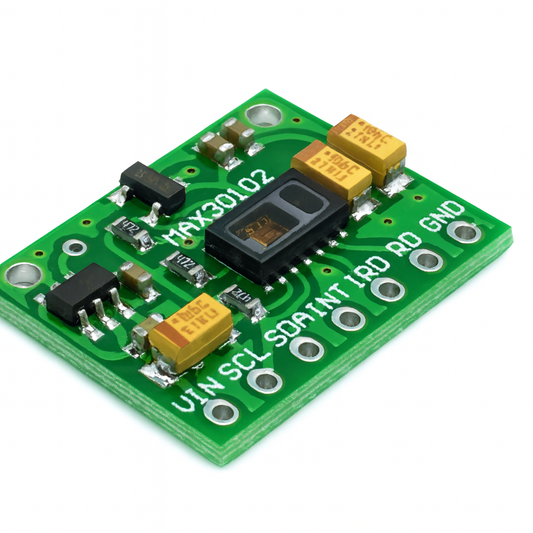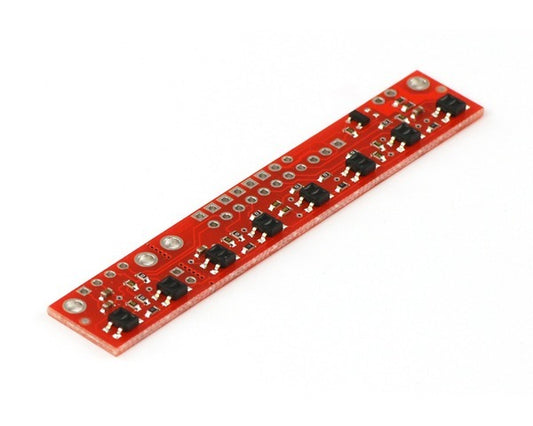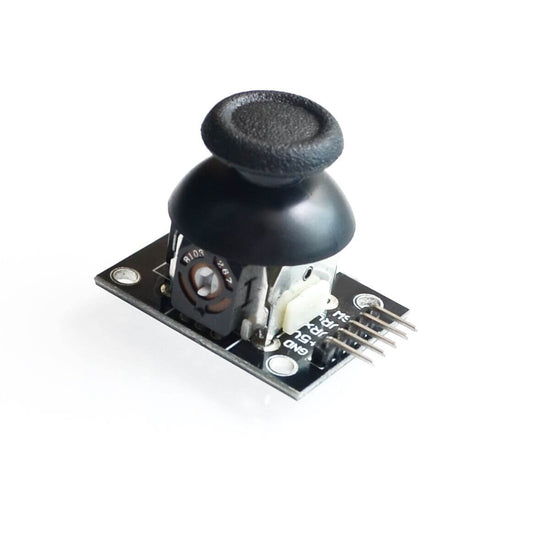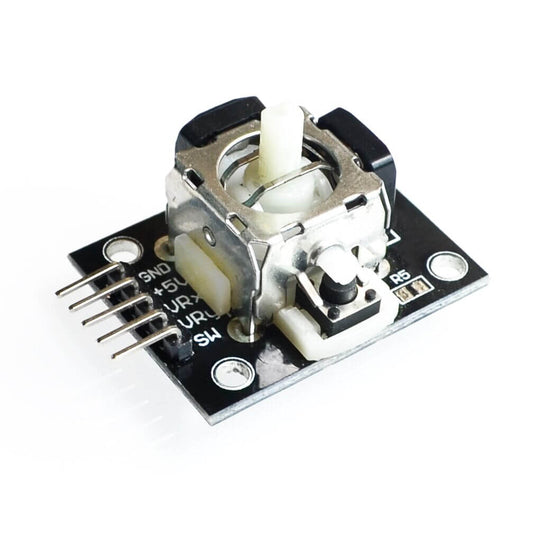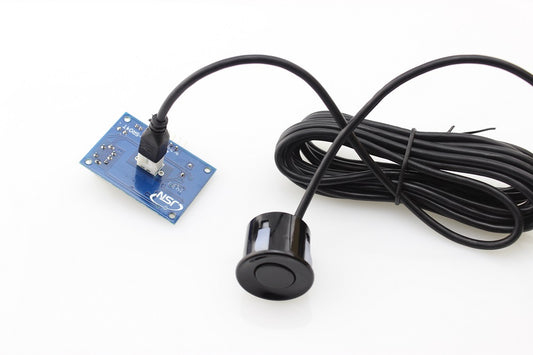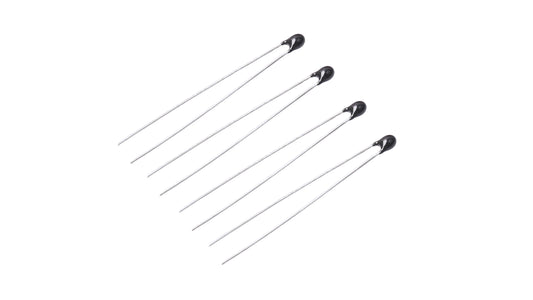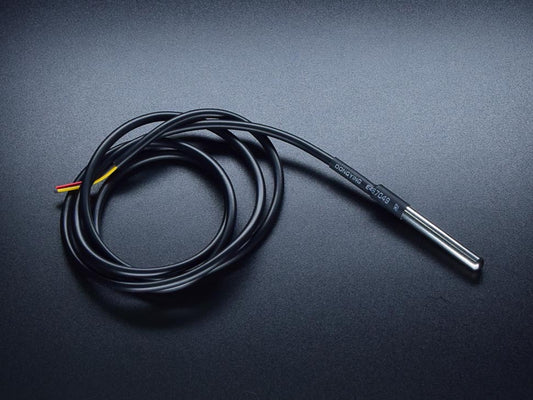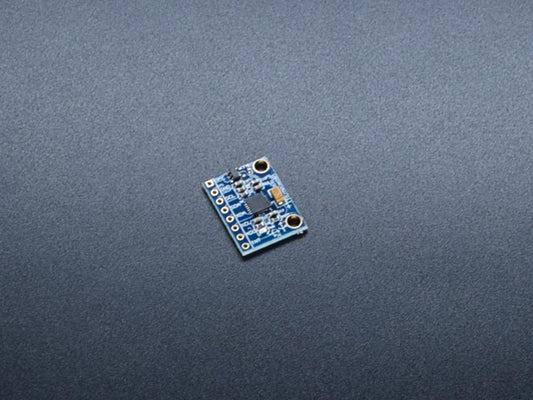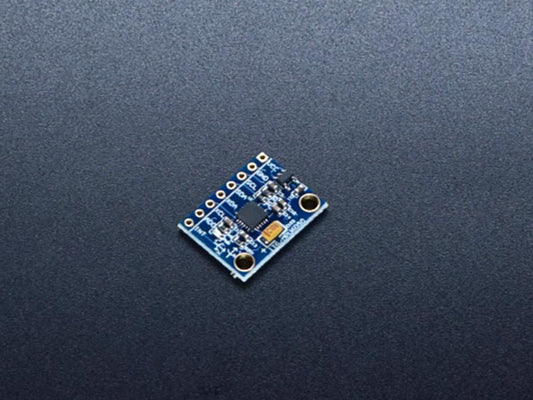-

Acoustic-Sound-Vibration
Sound & Vibration Sensors Philippines: Microphones & Piezo | Circuitrocks Acoustic, Sound...
-

Electric Current-Electric Potential-Magnetic
Current, Voltage & Magnetic Sensors Philippines | Circuitrocks Current, Voltage & Magnetic...
-

Flow-Fluid Velocity
Flow & Fluid Sensors Philippines: Water Flow, Level & Pressure | Circuitrocks...
-

Force-Density-Level
Force & Level Sensors Philippines: Load Cell, HX711, Float & Pressure |...
-

Health Sensor
Health Sensors Philippines: Heart Rate, SpO2 & ECG | Circuitrocks Health &...
-

Optical-Light-Imaging-Photon
Optical, Light & Imaging Sensors Philippines: Ambient, Color, IR, Laser, Photodiode &...
-

Position-Angle-Displacement-Speed-Acceleration
Position & Motion Sensors Philippines: IMU, Encoder, Tilt & Speed | Circuitrocks...
-

Proximity-Presence
Proximity & Presence Sensors Philippines: IR, Ultrasonic, ToF, PIR, Magnetic & More...
-
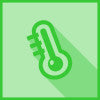
Thermal-Heat-Temperature
Temperature Sensors Philippines: Thermistors, Probe, IR & Digital | Circuitrocks Temperature Sensors...
-
IR Proximity Obstacle Avoidance Sensor Module
Regular price ₱ 45.00Regular priceUnit price per -
Gas Analog Smoke LPG CO Sensor MQ2
Regular price ₱ 55.00Regular priceUnit price per -
Flame Sensor for Arduino
Regular price ₱ 45.00Regular priceUnit price per -
DHT11 Digital Temperature/Humidity Sensor Module
Regular price ₱ 89.00Regular priceUnit price per -
PIR Motion Sensor Module Digital HC-SR501
Regular price ₱ 85.00Regular priceUnit price per -
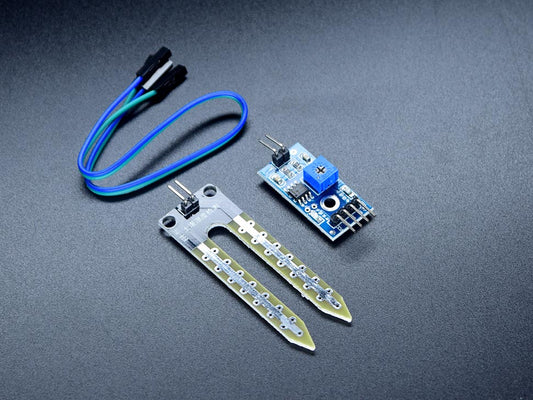
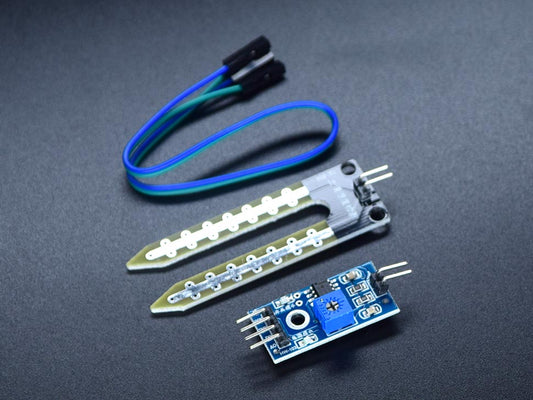 Sold out
Sold outSoil Moisture Sensor Analog Digital
Regular price ₱ 30.00Regular priceUnit price per -
Weight Sensor Amplifier HX711
Regular price ₱ 55.00Regular priceUnit price per -
Rain Steam Sensor
Regular price ₱ 75.00Regular priceUnit price per -
Temperature Sensor LM35 TO-92
Regular price ₱ 65.00Regular priceUnit price per -
Temperature and Humidity Sensor DHT22 Module
Regular price ₱ 85.00Regular priceUnit price per -
Line Tracking Sensor Module for Arduino TCRT5000 LM393
Regular price ₱ 45.00Regular priceUnit price per -
Proximity Inductive 4MM Metal Sensor LJ12A3-4-Z/BY
Regular price ₱ 65.00Regular priceUnit price per -
Line Tracking Sensor Module TCRT5000
Regular price ₱ 25.00Regular priceUnit price per -
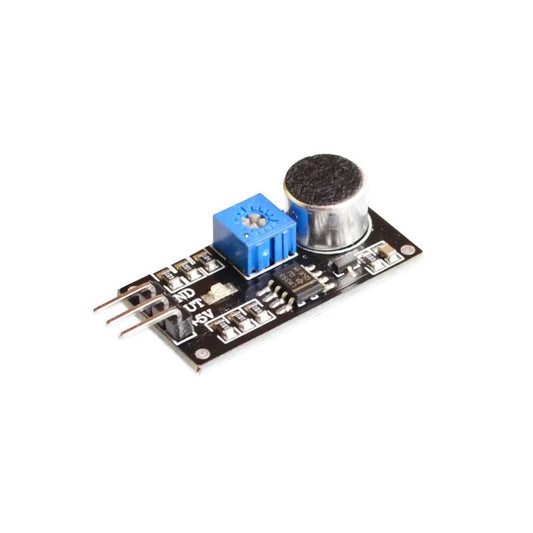
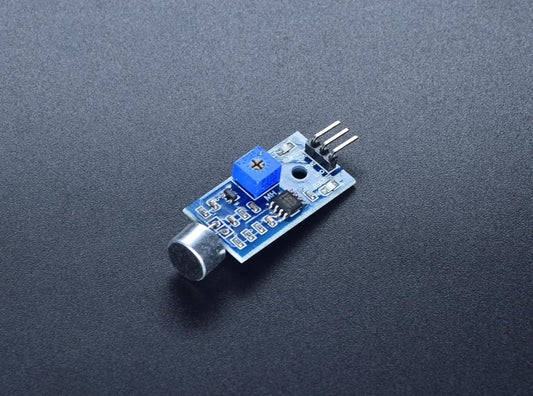 Sold out
Sold out -
Capacitive Proximity Sensor LJC18A3-H-Z / BY
Regular price ₱ 380.00Regular priceUnit price per -
Gas Sensor MQ135
Regular price ₱ 165.00Regular priceUnit price per -
Pulse Oximeter Heart-Rate Sensor Breakout MAX30102
Regular price ₱ 85.00Regular priceUnit price per -
QTR-8RC Reflectance Sensor Array
Regular price ₱ 515.00Regular priceUnit price per -
Joystick Dual Axis XY PS2 Module for Arduino
Regular price ₱ 49.00Regular priceUnit price per -
Ultrasonic Ranging Waterproof Integrated Module JSN B02 V2.0
Regular price ₱ 135.00Regular priceUnit price per -
NTC Thermistor 10K MF52A 10PCS
Regular price ₱ 149.00Regular priceUnit price per -
DHT22 Temperature and Humidity Digital Sensor
Regular price ₱ 109.00Regular priceUnit price per -
Temperature Waterproof One Wire Sensor DS18B20 3Meters
Regular price ₱ 105.00Regular priceUnit price per -
Triple Axis Accelerometer & Gyro Breakout MPU-6050
Regular price ₱ 189.00Regular priceUnit price per

